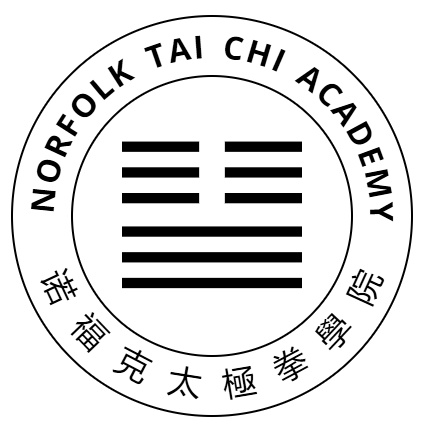There’s no simple way to write Chinese sounds in the characters we use in the west (a process called “romanization”, a reference to latin and the Roman Empire).
For a long time the most widespread system in the English-speaking world was one created in the 19th Century by two British diplomats, Thomas Francis Wade and Herbert Giles – the Wade-Giles system. This relied on a mark resembling an apostrophe called an asper to show whether or not a sound was aspirated (made with a breath, like the beginning of the word ‘happy’).
The big problem of this system is that some people were too lazy to use the asper. For example, 太 極 T’ai Chi, has become Tai Chi. What could be wrong with that?
The problem is that we now can’t tell the difference between 極 chi, and an even more important character for Tai Chi players: 氣 c’hi, which means energy or vital breath – the Chinese equivalent of the sanskrit prana, the greek pneuma or the hebrew ruach.
These problems were overcome in the 1950s by a system developed by the Chinese themselves called pinyin. The new system re-purposed the letters q, x and z, which hadn’t been needed in the Wade-Giles system, to represent some of the different sounds. T’ai chi became , and c’hi became . (On this blog, words written in pinyin are coloured ).
It’s a brilliant solution, but it was too late for us: 太 極 is still written (and pronounced) Tai chi in English, rather than , meaning that the confusion with (氣, energy) may last forever. Personally I try to pronounce it Tai ji, when I remember.
This isn’t even the only confusion that we face: there is actually no such language as Chinese – the country has many different languages. We’ll talk about this in the next post.
Resources:
- 太 on Zhendic, an online Chinese (Mandarin) dictionary

 In the
In the 
 So now we know who the girl was, but why does she crop up in the name of a Tai Chi movement? Perhaps this story of a heavenly girl and an earthly boy has some kind of allegorical significance for the Taoists?
So now we know who the girl was, but why does she crop up in the name of a Tai Chi movement? Perhaps this story of a heavenly girl and an earthly boy has some kind of allegorical significance for the Taoists? The movement
The movement 
